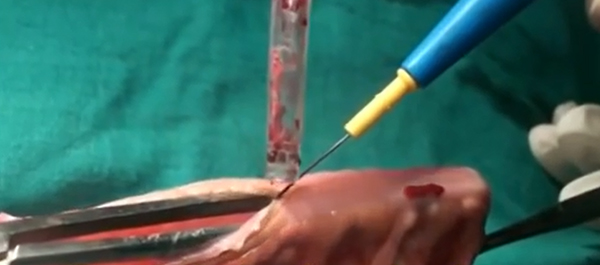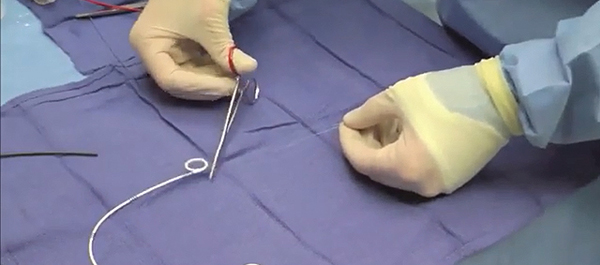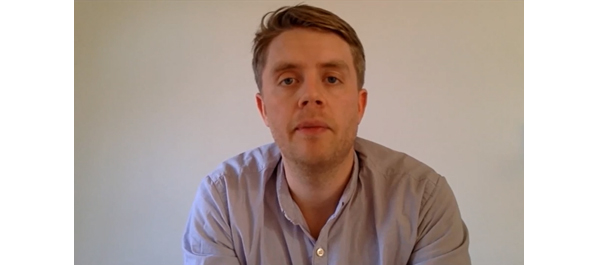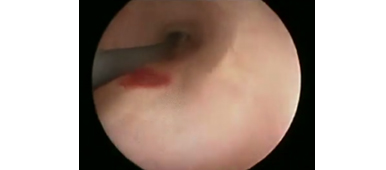Video: PCNL practice and outcomes in England
Percutaneous nephrolithotomy in England: practice and outcomes described in the Hospital Episode Statistics database
James N. Armitage, John Withington*†, Jan van der Meulen*‡, David A. Cromwell*, Jonathan Glass†, William G. Finch§, Stuart O. Irving§ and Neil A. Burgess§
Department of Urology, Addenbrooke’s Hospital, Cambridge University Hospitals NHS Foundation Trust, Cambridge, *Clinical Effectiveness Unit, The Royal College of Surgeons of England, †Department of Urology, Guy’s & St Thomas’ NHS Foundation Trust, ‡London School of Hygiene and Tropical Medicine, London, and §Department of Urology, Norfolk and Norwich University Hospitals NHS Foundation Trust, Norwich, UK
OBJECTIVE
• To investigate the postoperative outcomes of percutaneous nephrolithotomy (PCNL) in English National Health Service (NHS) hospitals.
PATIENTS AND METHODS
• We extracted records from the Hospital Episode Statistics (HES) database for all patients undergoing PCNL between March 2006 and January 2011 in English NHS hospitals.
• Outcome measures were haemorrhage, infection within the index admission, and rates of emergency readmission and in-hospital mortality within 30 days of surgery.
RESULTS
• A total of 5750 index PCNL procedures were performed in 165 hospitals.
• During the index admission, haemorrhage was recorded in 81 patients (1.4%), 192 patients (3.8%) had a urinary tract infection (UTI), 95 patients (1.7%) had fever, and 41 patients (0.7%) had sepsis.
• There were 595 emergency readmissions in 518 patients (9.0%). Reasons for readmission were varied: 70 (1.2%) with UTI, 15 (0.3%) sepsis, 73 (1.3%) haematuria, 25 (0.4%) haemorrhage, and 25 (0.4%) acute urinary retention.
• There were 13 (0.2%) in-hospital deaths within 30 days of surgery.
CONCLUSIONS
• Haemorrhage and infection represent relatively common and potentially severe complications of PCNL.
• Mortality is extremely rare after PCNL (about one in 400 procedures overall) but almost one in 10 patients have an unplanned hospital readmission within 30 days of surgery.
• Complications of PCNL may be under-reported in the HES database and need to be corroborated using other data sources.











